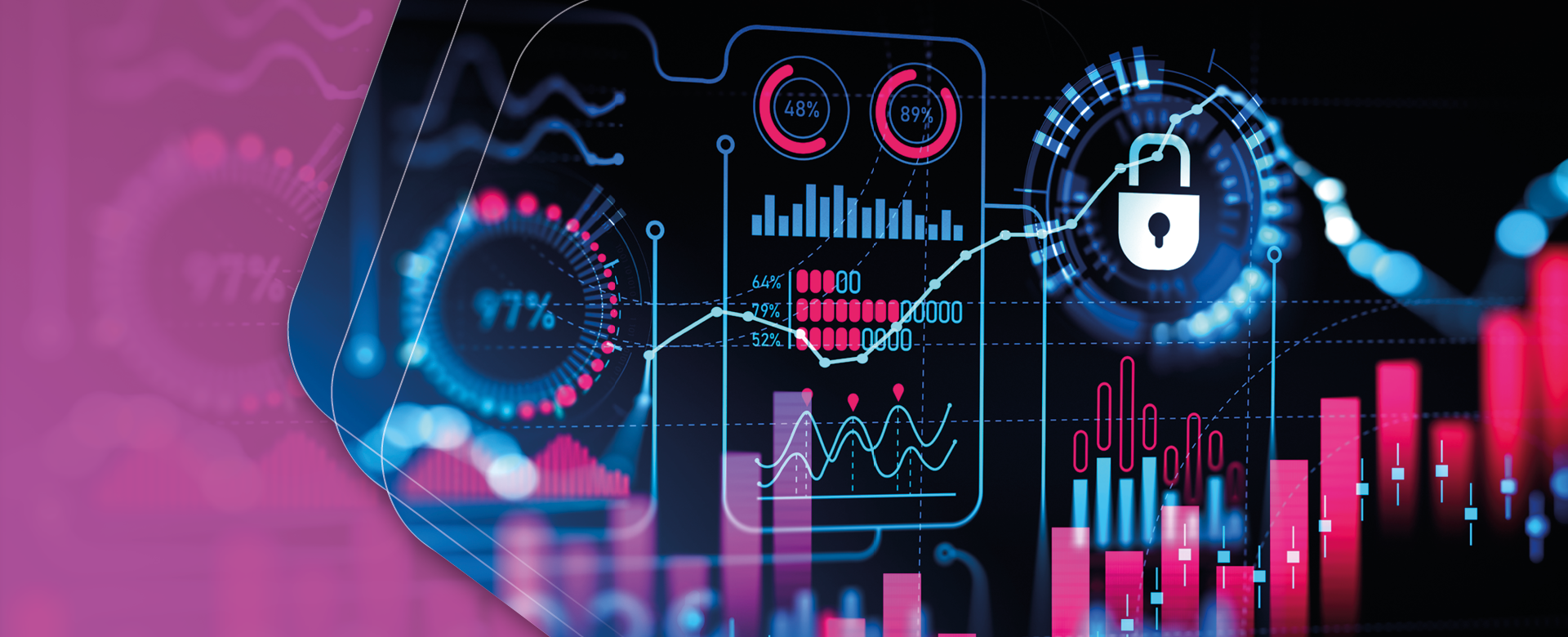As we gear up to 2024, the cybersecurity industry is undergoing rapid and significant changes powered by new technologies like AI, deep fakes, and ransomware-as-a-service. This article explores the top ten cybersecurity trends to help you navigate increasingly complex threats and keep your organization safe.
1. AI-Powered Cybersecurity Threats and Defense
Artificial intelligence (AI) is revolutionizing cybersecurity, with both attackers and defenders harnessing its power.
AI-driven cyber threats are becoming increasingly prevalent, challenging traditional security measures.
On the defense side, AI is being used for enhanced anomaly detection, real-time threat analysis and automated incident response, offering faster and more efficient ways to counteract attacks.
In 2024 and beyond, security professionals will need to dedicate time to keeping up with advancements in AI technologies.
2. Advanced Phishing and Social Engineering Attacks
These days, ChatGPT and other Generative AI tools enable anyone to write a professional-sounding email, making it increasingly difficult to detect phishing attempts. Furthermore, with deepfake technology, an attacker can easily create a false video of a senior executive making false claims or misleading employees.
Education will play a key role in preventing employees from falling for these increasingly advanced attacks.
3. More Attacks on IoT Devices
The proliferation of Internet of Things (IoT) devices and the rise of remote work arrangements have introduced new vulnerabilities.
Early in 2023, an alarming trend emerged: around 54% of organizations faced IoT attack attempts weekly, with an average of 60 attacks per organization each week—a 41% increase from 2022.
IoT attacks target a diverse range of devices, from routers and cameras to printers, increasingly used in remote work and learning setups. The surge highlights the vulnerabilities in IoT devices, often designed for convenience over security.
As remote work remains popular and the number of interconnected devices grows, cybersecurity professionals must focus on securing a broader range of devices and networks.
4. Strategic Cybersecurity Enters the Boardroom
Cybersecurity is no longer a concern confined to IT departments but has become a strategic business priority.
Leading organizations are integrating cybersecurity expertise into their boardrooms, recognizing the importance of informed decision-making at the highest level.
Gartner predicts that by 2026, 70% of boards will include at least one member with expertise in cybersecurity. This shift ensures a more proactive approach to cyber threats, enabling companies to leverage secure practices as a competitive advantage.
5. Cybersecurity Suffers a Skills Crunch
The cybersecurity sector faces a significant skills shortage, with key roles going unfulfilled and staff struggling with high workloads.
71% of security professionals say their organization has been impacted by the global skills shortage, and 54% claim the situation has gotten worse over the past two years.
To address this, organizations are increasing salaries and investing in training programs. Upskilling existing employees and attracting new talent have become key strategies in combating the increasing frequency and sophistication of cyber threats.
6. Cyber Resilience Replaces Traditional Security
Cyber resilience has become a key focus, reflecting the understanding that preventing attacks is only part of the solution.
Building resilience involves developing strategies to ensure continuity of operations and minimize data loss and downtime in the event of a breach. This shift is evident in the increasing investment in incident response planning and recovery processes.
In 2024, organizations are not only fortifying their defenses but also preparing to recover swiftly and effectively from successful attacks.
7. The Evolution of Zero Trust Security
The Zero Trust security model is a key concept that operates on the principle of “never trust, always verify.” Instead of assuming that everything inside a network can be trusted, it adopts a much more cautious approach to protect an organization’s systems and data.
Now, Zero Trust is evolving from a network-centric approach to a more adaptive, holistic strategy. It has moved beyond the principle of “never trust, always verify” to incorporate AI-powered real-time authentication and activity monitoring, making it an essential framework for modern cybersecurity architectures.
8. Cyber Warfare and State-Sponsored Cyber Attacks
State-sponsored cyber attacks and cyber warfare have become prominent threats, targeting not only military but also civilian infrastructure.
In 2024, these attacks are increasingly sophisticated, employing tactics like phishing and distributed denial-of-service (DDoS) to disrupt essential services.
The ongoing conflict in regions like Ukraine has highlighted the extent of cyber warfare’s impact on both national security and civilian life, underscoring the need for robust and resilient cyber defenses.
9. Increase in Supply Chain Attacks
Supply chain attacks have become a major concern in 2024, with cybercriminals targeting vulnerabilities in third-party software, hardware, and services.
Even organizations with strong cybersecurity measures can be compromised through their less secure suppliers or partners. These attacks can cause significant damage, making it imperative for organizations to implement comprehensive security strategies that extend beyond their immediate IT environment.
10. Ransomware-as-a-Service Continues to Rise
In 2023, ransomware attacks reached an all-time high with 72.7% of businesses affected. This worrying trend is expected to continue in 2024.
One reason for this increase is Ransomware-as-a-Service (RaaS) becoming more common. RaaS models have democratized access to ransomware, allowing even those with limited technical expertise to deploy attacks.
Let’s Make 2024 the Year of Proactive Cybersecurity
In 2024, a proactive approach will be more important than ever.
As cyber threats grow in complexity and sophistication, businesses will need to find solutions that not only respond to threats but anticipate and neutralize them. This is where ProLion comes in, offering protection for your critical business data at the storage level.
ProLion identifies and mitigates threats before they escalate, safeguarding your data and ensuring a critical last line of defense often overlooked in traditional cybersecurity strategies.
Is your organization prepared for 2024? Learn more about ransomware protection now or talk to our team.

